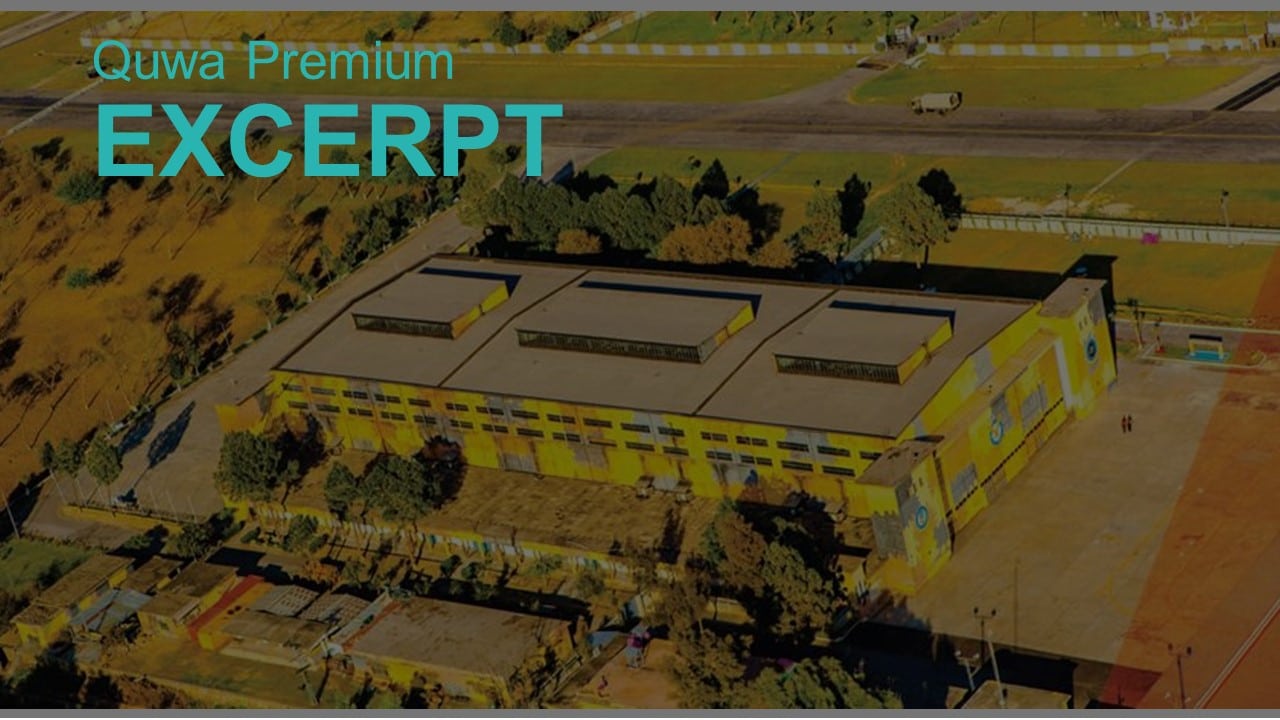2928Views

NASTP: Birthing an Industry
The National Aerospace Science and Technology Park (NASTP) is a project under the Aviation City Initiative. The goal is the establishment of an aerospace technology cluster that is physically collocated in order to accrue the many benefits of having related industrial and research centers in close proximity.
History
Starting in 2017, coming off the successful manufacture of a fourth-generation JF-17 in Pakistan, PAF planners felt the need to take the next logical step and indigenize aerospace R&D.
One may hypothesize that the benefits of such an endeavor may have been considered – like any industry, an aerospace industry would create jobs, new avenues of export, and lead to import substitution. There is also a certain prestige associated with having a vibrant aerospace industry. Most importantly, the evolving and uncertain nature of geopolitics may have pushed planners to reduce reliance on foreign sources for military defense of the country.
Even though NASTP was officially launched in 2017, it was unclear what this really was as there was no physical location and no documentation on what this was supposed to be. All we knew was that this was a technology park – one of many being set up under CPEC.
On the other hand, we saw the establishment of, what may be called in hindsight, technology centers. In particular, we saw the establishment of places like Aviation Research, Indigenization and Development (AvRID) and Centre of Artificial Intelligence and Computing (CENTAIC). AvRID was a particularly large endeavor for Pakistan and included Project Azm, which was a quest to develop a Pakistani fifth-generation fighter aircraft, and Aviation Design Institute (AvDI), which was primarily responsible for the development of the PAC UCAV.
Project Azm
After a promising start Project Azm has all but stalled. It was evident to most observers that Project Azm was overambitious and a country like Pakistan, that had never designed and built any type of aircraft from scratch, could do so for conceptualize, design, and manufacture a fifth-generation fighter aircraft., which is arguably a task magnitudes more difficult than the development of nuclear weapons.
Furthermore, the financial and human resource allocated to this project was meager in comparison to other contemporary and more established aircraft development programs. Additionally, Project Azm was operating in a vacuum with little to know sharing of knowledge even with the manufacturing factories of PAC, let alone with other organizations like AWC and NESCOM that have decades of experience in aerospace R&D.
There are also reports of human resource mismanagement where key technical leadership was transferred out of the program due to office politics and a five-year service bond, which is the source of much disdain in SPD organizations, was introduced for Project Azm employees. As a result, a lot of talented individuals left and were driven away preemptively. Azm, it turns out is an unfortunately apt name.
End of Excerpt (424/ 1,190 words)
You can read the complete article by logging in (click here) or subscribing to Quwa Premium (click here).
Author Profile: Syed Aseem Ul Islam is a Research Scholar at the University of Michigan, Ann Arbor, USA, specializing in adaptive and model-predictive flight control systems. He received his bachelor’s degree in aerospace engineering from the Institute of Space Technology, Islamabad, and his master’s and Ph.D. degrees in flight dynamics and control from the University of Michigan.
Get More Insights on the Pakistan Air Force’s NGFA Program:
- Analysis: How Pakistan Can Design a Loyal Wingman UAV
- Realigning Project AZM: Balancing Ambition with Pragmatism
- Project AZM: Updates to Pakistan’s Next-Gen Fighter Program
- The US NGAD and Digital Engineering: Lessons for Pakistan
- Pakistan Offers Glimpses of Next-Generation Fighter Program
- A Pragmatic Vision for Project AZM
- Why PAC Needs In-House Development of Flight Control Systems


